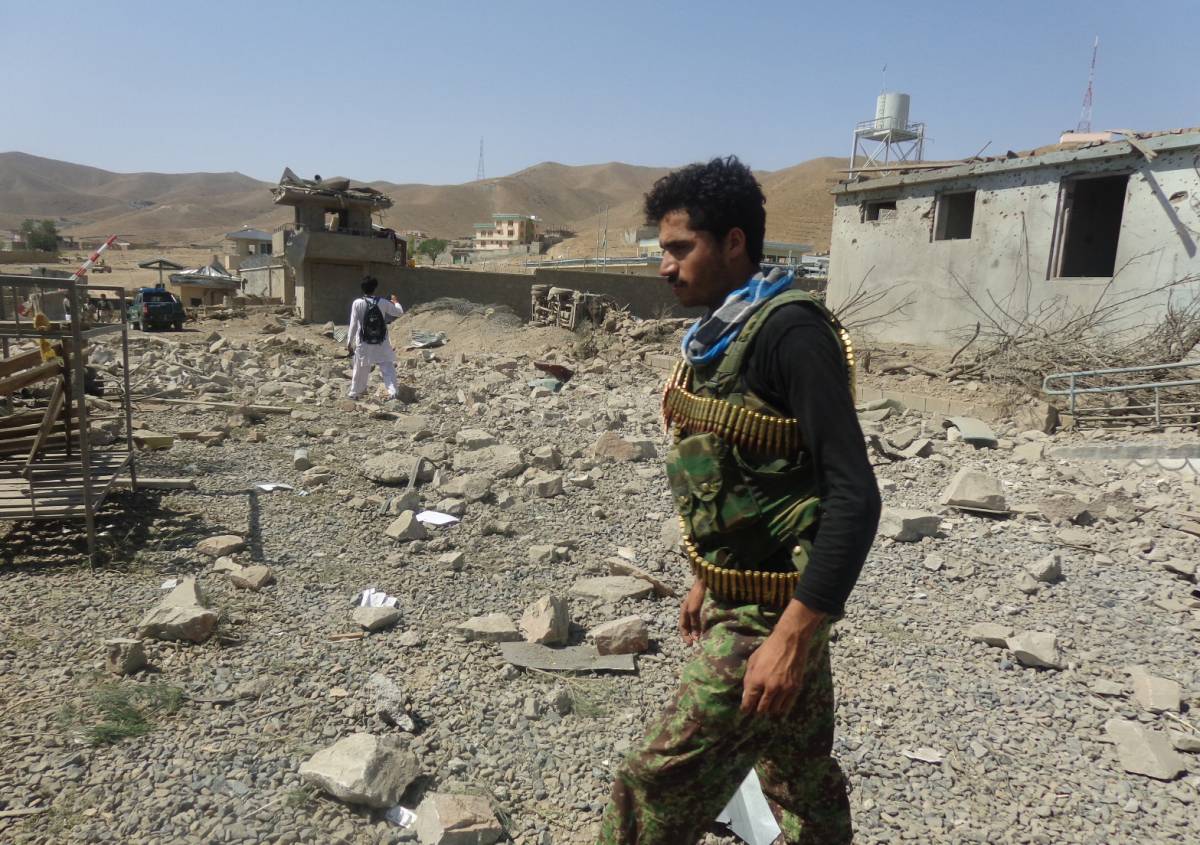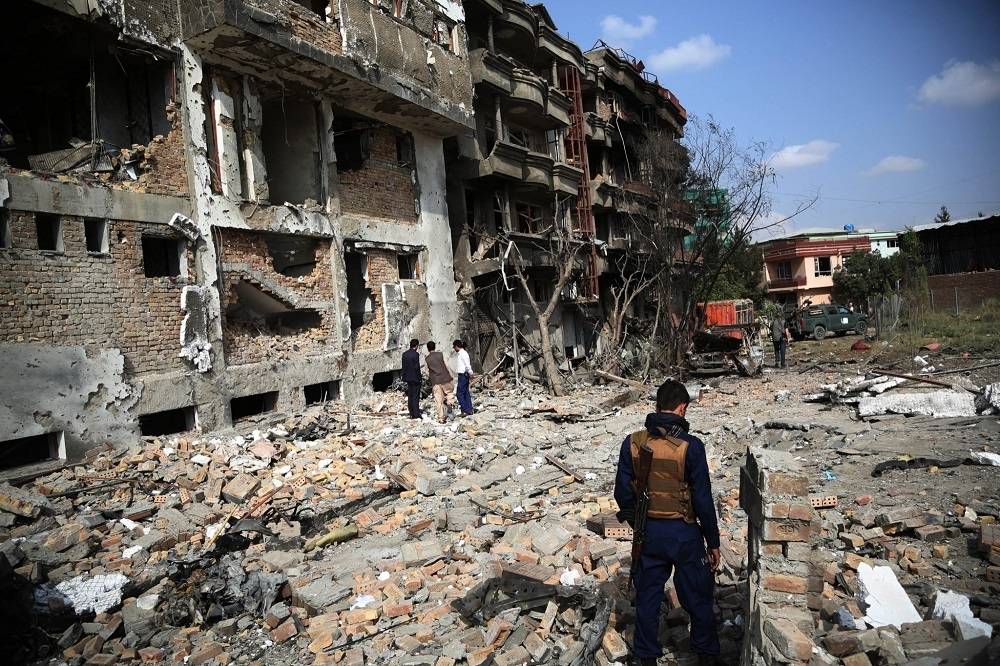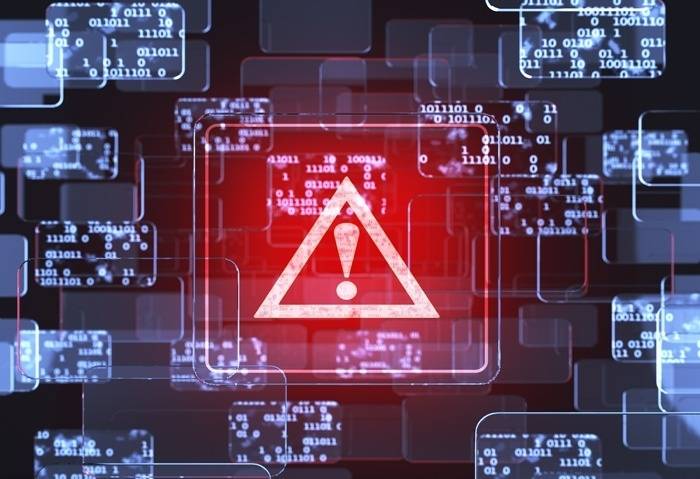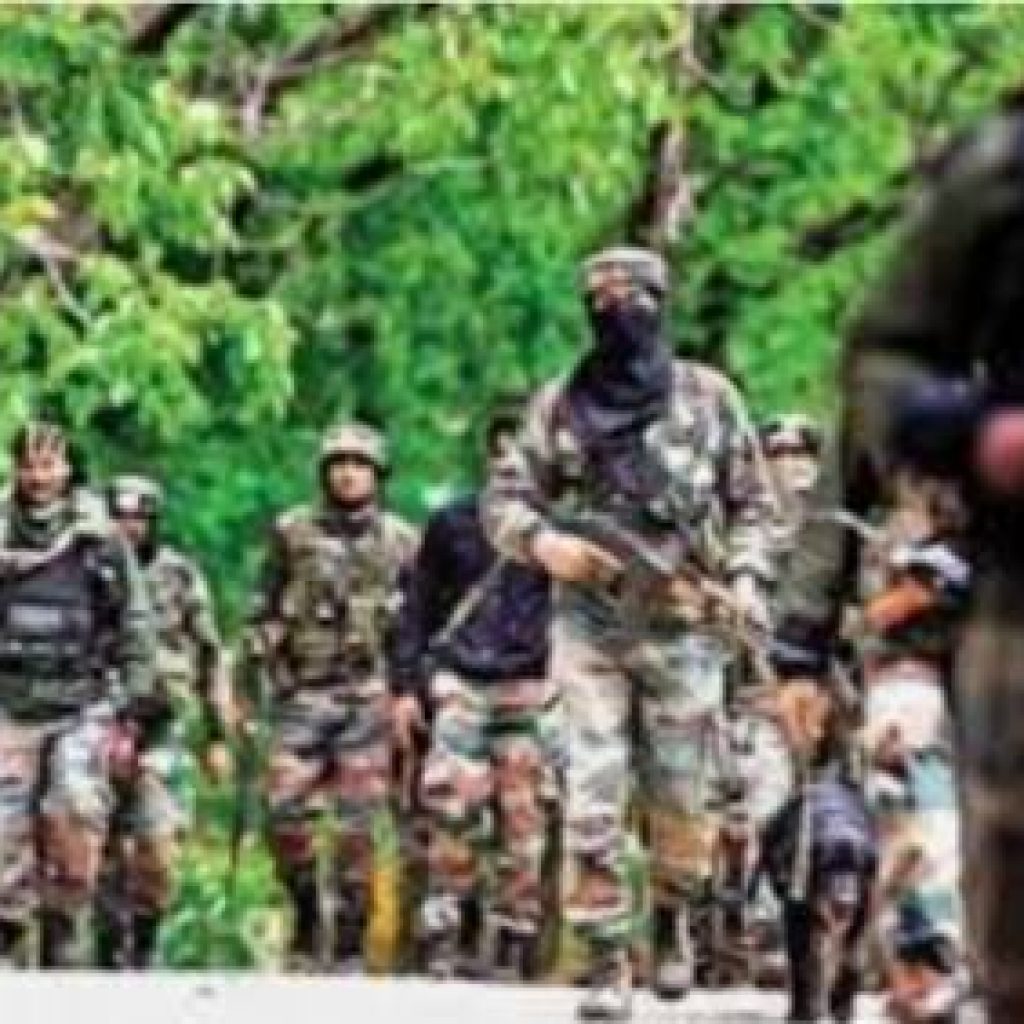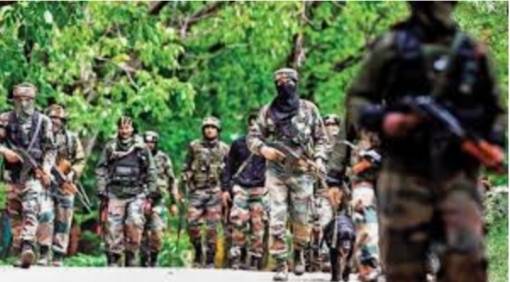The incident took place when Muraleedharan accompanied by BJP state leader Rahul Sinha was going to Ghatal in East Midnapore to meet some of the BJP supporters…reports Asian Lite News
In a shocking incident, the convoy of Union Minister of State for External Affairs V. Muraleedharan was attacked by a group of unidentified miscreants at Panchkhuri area in West Midnapore district on Thursday afternoon.
The BJP alleged that the attack was a handiwork of the TMC goons but it was strongly refuted by the TMC leadership alleging that the BJP leadership is provoking people to resort to violence.
The incident took place when Muraleedharan accompanied by BJP state leader Rahul Sinha was going to Ghatal in East Midnapore to meet some of the BJP supporters who were injured in the attack allegedly by the TMC goons. When his convoy was at Panchkhuri that falls under West Midnapore, suddenly there was brick batting on his vehicle and people came with sticks and other things and stopped his vehicle.
He posted a video on Twitter and wrote, “TMC goons attacked my convoy in West Midnapore, broke windows, attacked personal staff. Cutting short my trip.”
Later speaking to the reporters, the union minister said, “The attack was orchestrated by TMC workers. He said that the incident took place in the presence of police, adding that the Mamata Banerjee government has turned a blind eye. I shall give my report to the central government”.
Also read:Mamata accuses BJP of instigating violence
The Ministry of Home Affairs asked West Bengal Governor Jagdeep Dhankhar to send a report on the law-and-order situation in the state, sources in the government said.
Union Minister Prakash Javadekar said that the ruling Trinamool Congress is responsible for this. “The Trinamool violence has crossed all limits. So far 14 BJP workers have been killed and lakhs of people have left their homes. This cannot be democracy”.

The Trinamool Congress leadership has strongly refuted the allegation. TMC district secretary of West Midnapore Ajit Maity claimed that nothing had happened and BJP was trying to create sensation.
Speaking to the media, veteran Trinamool leader Sougata Roy said, “Muraleedharan is a person from Kerala. What was he doing in West Bengal? They are now defeated and so they are trying to create disturbance in different areas. The BJP has won in most of the places where there are disturbances. I ask them to go back. We will take care of the law-and-order situation”.


